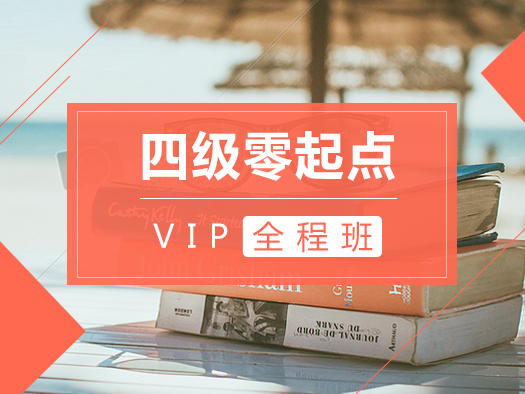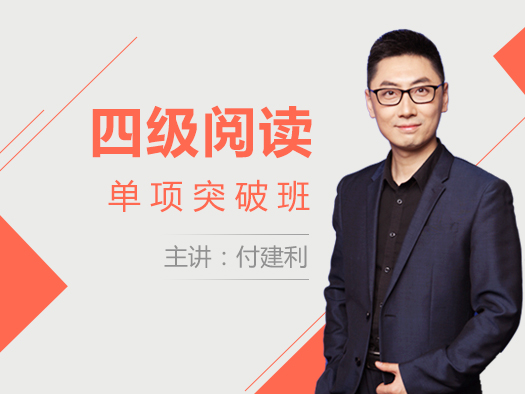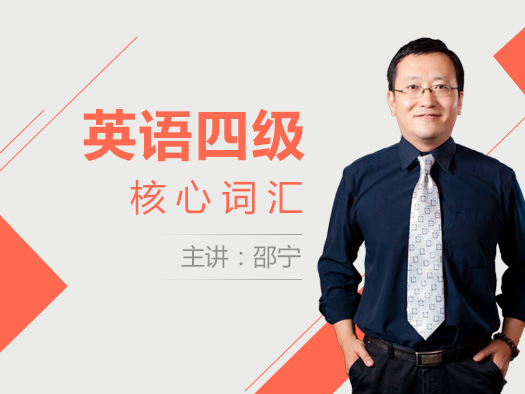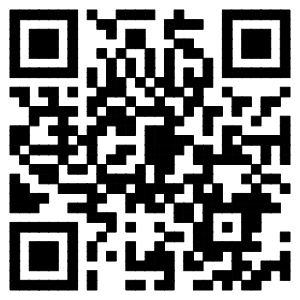2010年12月英语四级阅读真题2
Section A
Directions: In this section, there is a passage with ten blanks. You are required to select one word for each blank from a list of choices given in a word bank following the passage. Read the passage through carefully before making your choices. Each choice in the bank is identified by a letter. Please mark the corresponding letter for each item on Answer Sheet 2 with a single line through the centre. You may not use any of the words in the bank more than once.
Questions 47 to 56 are based on the following passage.
What determines the kind of person you are? What factors make you more or less bold, intelligent, or able to read a map? All of these are influenced by the interaction of your genes and the environment in which you were 47 . The study of how genes and environment interact to influence 48 activity is known as behavioral genetics. Behavioral genetics has made important 49 to the biological revolution, providing information about the extent to which biology influences mind, brain and behavior.
Any research that suggests that 50 to perform certain behaviors are based in biology is controversial. Who wants to be told that there are limitations to what you can 51 based on something that is beyond your control, such as your genes? It is easy to accept that genes control physical characteristics such as sex, race and eye color. But can genes also determine whether people will get divorced, how 52 they are, or what career they are likely to choose? A concern of psychological scientists is the 53 to which all of these characteristics are influenced by nature and nurture(养育), by genetic makeup and the environment. Increasingly, science 54 that genes lay the groundwork for many human traits. From this perspective, people are born 55 like undeveloped photographs: The image is already captured, but the way it 56 appears can vary based on the development process. However, the basic picture is there from the beginning.
注意:此部分试题请在答题卡2上作答。
[A] abilities [B] achieve [C] appeal [D] complaints [E] contributions [F] displayed [G] essentially [H] eventually [I] extent [J] indicates [K] proceeds [L] psychological [M] raised [N] smart [O] standard
Section B
Directions: There are 2 passages in this section. Each passage is followed by some questions or unfinished statements. For each of them there are four choices marked [A], [B], [C] and [D]. You should decide on the best choice and mark the corresponding letter on Answer Sheet 2 with a single line through the centre.
Passage One
Questions 57 to 61 are based on the following passage.
It is pretty much a one-way street. While it may be common for university researchers to try their luck in the commercial world, there is very little traffic in the opposite direction. Pay has always been the biggest deterrent, as people with families often feel they cannot afford the drop in salary when moving to a university job. For some industrial scientists, however, the attractions of academia (学术界) outweigh any financial considerations.
Helen Lee took a 70% cut in salary when she moved from a senior post in Abbott Laboratories to a medical department at the University of Cambridge. Her main reason for returning to academia mid-career was to take advantage of the greater freedom to choose research questions. Some areas of inquiry have few prospects of a commercial return, and Lee's is one of them.
The impact of a salary cut is probably less severe for a scientist in the early stages of a career. Guy Grant, now a research associate at the Unilever Centre for Molecular Informatics at the University of Cambridge, spent two years working for a pharmaceutical (制药的) company before returning to university as a post-doctoral researcher. He took a 30% salary cut but felt it worthwhile for the greater intellectual opportunities.
Higher up the ladder, where a pay cut is usually more significant, the demand for scientists with a wealth of experience in industry is forcing universities to make the transition (转换) to academia more attractive, according to Lee. Industrial scientists tend to receive training that academics do not, such as how to build a multidisciplinary team, manage budgets and negotiate contracts. They are also well placed to bring something extra to the teaching side of an academic role that will help students get a job when they graduate, says Lee, perhaps experience in manufacturing practice or product development. "Only a small number of undergraduates will continue in an academic career. So someone leaving university who already has the skills needed to work in an industrial lab has far more potential in the job market than someone who has spent all their time on a narrow research project."
注意: 此部分试题请在答题卡2上作答。
57. By "a one-way street" (Line 1, Para. 1), the author means ________.
[A] university researchers know little about the commercial world
[B] there is little exchange between industry and academia
[C] few industrial scientists would quit to work in a university
[D] few university professors are willing to do industrial research
58. The word "deterrent" (Line 2, Para. 1) most probably refers to something that ________.
[A] keeps someone from taking action [C] attracts people's attention
[B] helps to move the traffic [D] brings someone a financial burden
59. What was Helen Lee's major consideration when she changed her job in the middle of her career?
[A] Flexible work hours. [C] Her preference for the lifestyle on campus.
[B] Her research interests. [D] Prospects of academic accomplishments.
60. Guy Grant chose to work as a researcher at Cambridge in order to ________.
[A] do financially more rewarding work
[B] raise his status in the academic world
[C] enrich his experience in medical research
[D] exploit better intellectual opportunities
61. What contribution can industrial scientists make when they come to teach in a university?
[A] Increase its graduates' competitiveness in the job market.
[B] Develop its students' potential in research.
[C] Help it to obtain financial support from industry.
[D] Gear its research towards practical applications.
Passage Two
Questions 62 to 66 are based on the following passage.
Being sociable looks like a good way to add years to your life. Relationships with family, friends, neighbours, even pets, will all do the trick, but the biggest longevity (长寿) boost seems to come from marriage or an equivalent relationship. The effect was first noted in 1858 by William Farr, who wrote that widows and widowers (鳏夫) were at a much higher risk of dying than their married peers. Studies since then suggest that marriage could add as much as seven years to a man's life and two to a woman's. The effect holds for all causes of death, whether illness, accident or self-harm.
Even if the odds are stacked against you, marriage can more than compensate. Linda Waite of the University of Chicago has found that a married older man with heart disease can expect to live nearly four years longer than an unmarried man with a healthy heart. Likewise, a married man who smokes more than a pack a day is likely to live as long as a divorced man who doesn't smoke. There's a flip side, however, as partners are more likely to become ill or die in the couple of years following their spouse's death, and caring for a spouse with mental disorder can leave you with some of the same severe problems. Even so, the odds favour marriage. In a 30-year study of more than 10,000 people, Nicholas Christakis of Harvard Medical School describes how all kinds of social networks have similar effects.
So how does it work? The effects are complex, affected by socio-economic factors, health-service provision, emotional support and other more physiological (生理的) mechanisms. For example, social contact can boost development of the brain and immune system, leading to better health and less chance of depression later in life. People in supportive relationships may handle stress better. Then there are the psychological benefits of a supportive partner.
A life partner, children and good friends are all recommended if you aim to live to 100. The ultimate social network is still being mapped out, but Christakis says: "People are interconnected, so their health is interconnected."
注意: 此部分试题请在答题卡2上作答。
62. William Farr's study and other studies show that _________.
[A] social life provides an effective cure for illness
[B] being sociable helps improve one's quality of life
[C] women benefit more than men from marriage
[D] marriage contributes a great deal to longevity
63. Linda Waite's studies support the idea that _________.
[A] older men should quit smoking to stay healthy
[B] marriage can help make up for ill health
[C] the married are happier than the unmarried
[D] unmarried people are likely to suffer in later life
64. It can be inferred from the context that the "flip side" (Line 4, Para. 2) refers to _________.
[A] the disadvantages of being married
[B] the emotional problems arising from marriage
[C] the responsibility of taking care of one's family
[D] the consequence of a broken marriage
65. What does the author say about social networks?
[A] They have effects similar to those of a marriage.
[B] They help develop people's community spirit.
[C] They provide timely support for those in need.
[D] They help relieve people of their life's burdens.
66. What can be inferred from the last paragraph?
[A] It's important that we develop a social network when young.
[B] To stay healthy, one should have a proper social network.
[C] Getting a divorce means risking a reduced life span.
[D] We should share our social networks with each other.





 京公网安备 11010802024222号
京公网安备 11010802024222号




